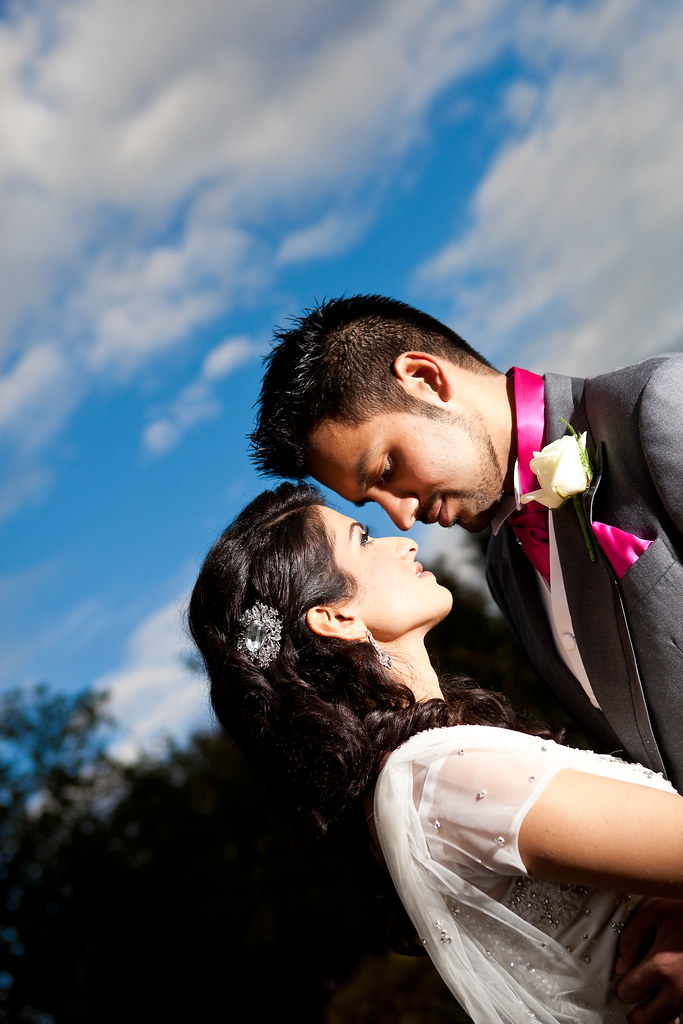dryanparker said:neuroanatomist said:Fill light. Overhead light means shadows under eyes, nose, etc. A flash fills in those shadows.
+1
I can't view the video referenced for some reason, but I will say you may be surprised how often flash is used in broad daylight, particularly by professionals. There's something to be said for the dramatic look that can be achieved with on or off-camera flashes during the day.
Try this: 1) Mount on-camera flash and set to ETTL mode. 2) Shoot in Aperture Priority mode. 3) ISO 100-400 depending on your sunlight, lower is better. 4) Evaluative metering. 5) Adjust your aperture so your shutter speed is between 1/250 and 1/200. 6) Fire away and let me know how it goes!
This can be used to pretty cool effect! I tend to use HSS so I can still keep shutter speeds high if required. Yes you lose flash power however if I'm close to the subject that isn't often an issue. I try to expose for the sky/background first, either using Aperture Priority or eyeballing it with Manual - this is usually at least ~2 stop underexposure on what the camera meters. I then use flash to light the subject, usually set to eTTL, and use flash exposure compensation to get the effect I want... ideally with off-camera flash but a Speedlite mounted on the camera works well too.
The pic below would have had the sky washed out without flash (1/4000sec @ f4, ISO 400)
Upvote
0

